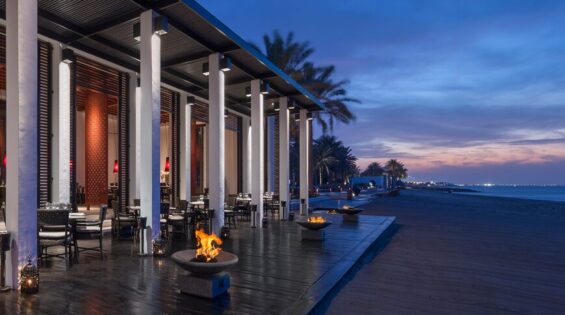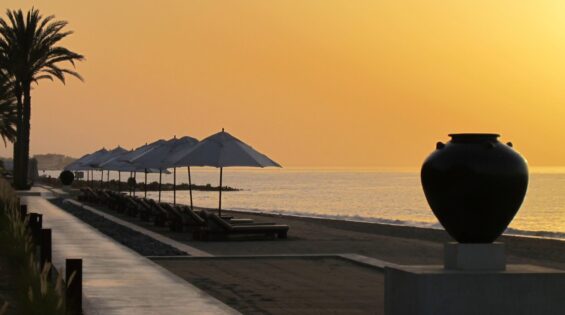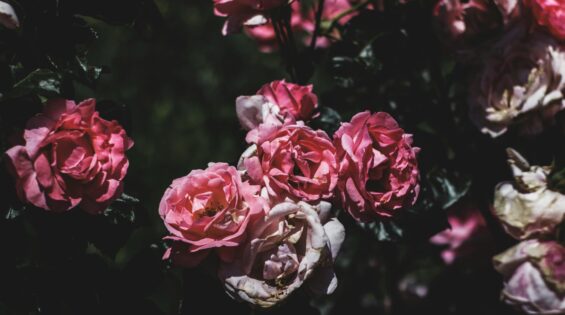Only in Oman – UNESCO
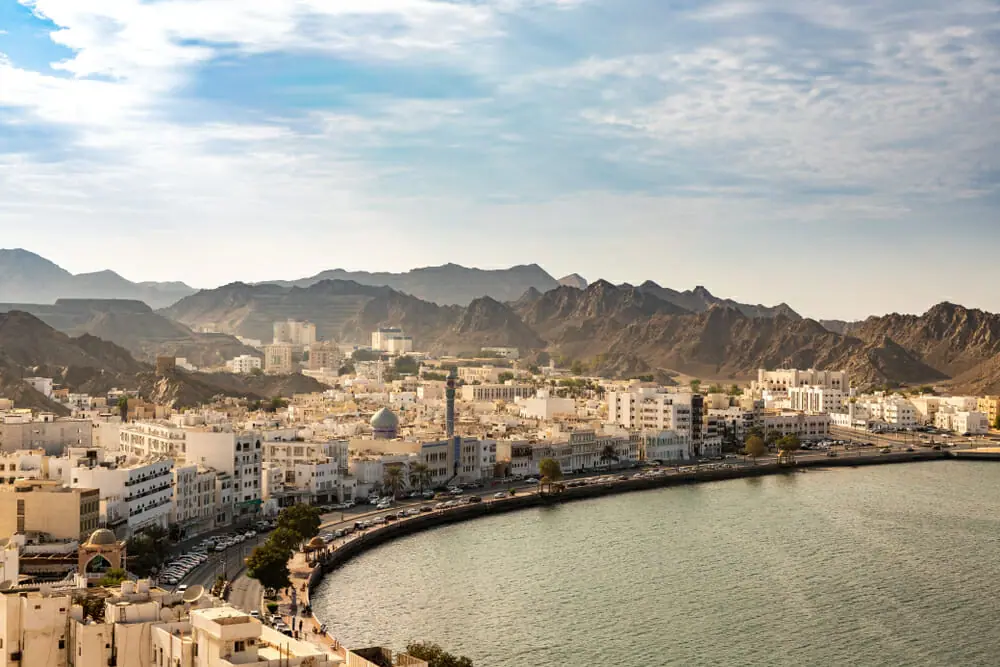
A country with a wealth of history, heritage and culture and the oldest independent state in the Arab world, Oman is one of the oldest human-inhabited countries on earth. Passing on legacies and tradition, some of its earliest relics have been preserved to current day, making them landmarks attracting tourists the world over.
A native of Oman, Chief Concierge of The Chedi Muscat, Sulaiman Al Hasni has over a decade of experience at the beachfront luxury resort off the coast of the Gulf of Oman. Undeniably an expert on the property, Sulaiman is also an informal ambassador of his country, offering guests of The Chedi Muscat the best Omani experience on their visit. Topping his list of the unmissable sights of his country, he prides in the UNESCO World Heritage Sites that have been inscribed with the title as irreplaceable sources of life and inspiration for Oman and the Middle East.
“As Chief Concierge, it is very important that myself and my team have a knowledge and understanding of our country’s tourist destinations, heritage and cultures to be able to share the right information with our guests.” – Sulaiman Al Hasni, Chief Concierge, The Chedi Muscat.
Sulaiman is proud as an Omani that within the small country there are already five World Heritage Sites. When asked to speak of each in the order of his preference and personal significance, Sulaiman humbly explains that there is no such ranking scheme. “As an Omani citizen working in the hospitality industry, as much as possible we would like to showcase our country to the whole world, but we consider the implications these sites have on Oman, hence no favourites,” he explains. “These are the vital places of our country that are highly precious and well preserved that signify the Omani culture.”
Bahla Fort (1987)
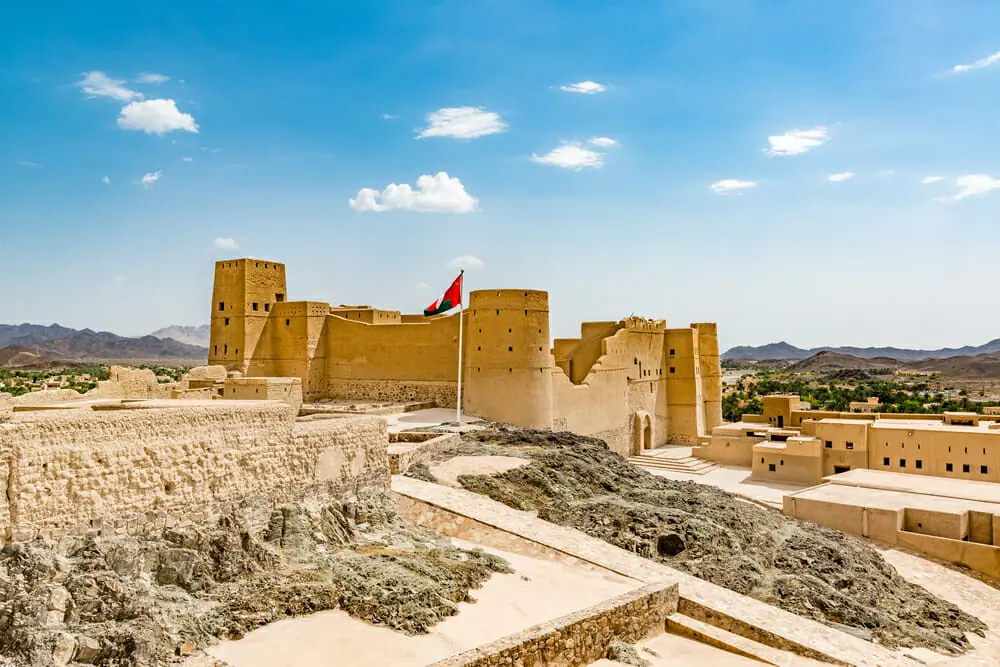
Perhaps one of the most culturally significant monuments in the region, Bahla Fort is one of four historic fortresses at the foot of the Jebel Akhdar highlands and is the only fort listed by UNESCO. The mud-walled oasis of Bahla was built in the 12th to 15th century for and by the Banu Nebhan tribe as a settlement in the thick of the Omani desert. The ruins of the immense fort (approximately 112 kilometres in length) is remarkable for its unbaked brick and stone foundation with its terraces, apertures and opening fire and guardhouses, it was a structural masterpiece with a defense system beyond its time. It is believed to be one of the best examples of a fortification in the region that attests to the power of the tribes and also the place where pottery craftsmanship flourished. Today, Bahla has taken its ancestral ceramics foundation and is known as the ‘Town of Clay,’ attracting the country’s most famous potters.
Archaeological Sites of Bat, Al-Khutm and Al-Ayn (1988)
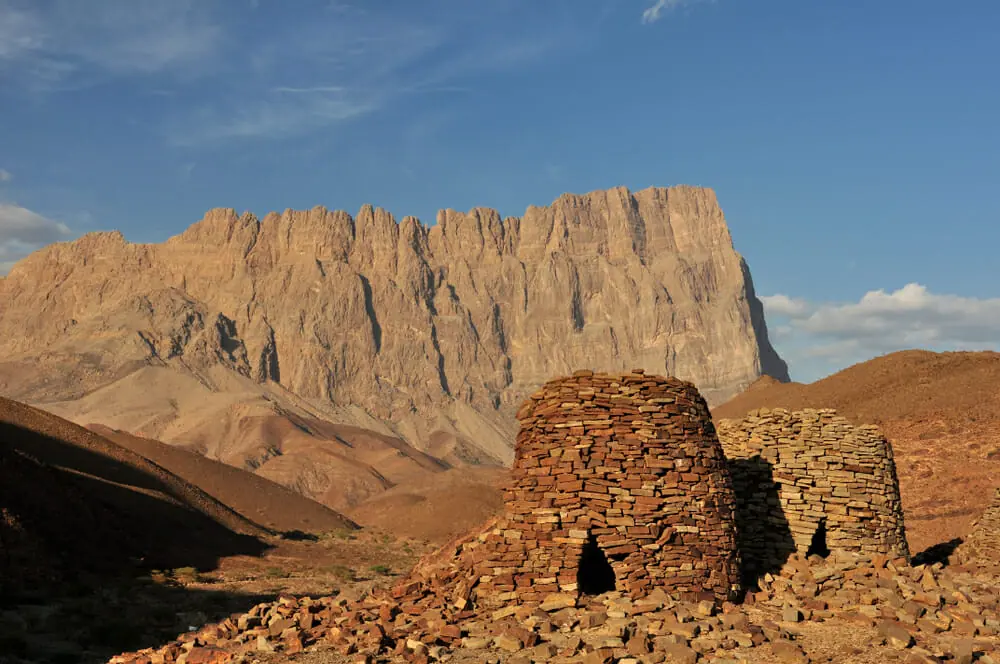
A group of necropoleis, the site of Bat, Al-Khutm and Al-Ayn form the most complete and well-preserved ensembles of settlement collections worldwide, dating back to the 3rd millennium BC. The monumental towers were all constructed using local limestone laid with simple mud mortar. What remains of Bat today includes five towers and over 100 dry-stone beehive tombs, while the nearby sites of Al-Hkutm and Qubur Juhhal at Al-Ayn are from the Bronze Age. Before UNESCO listed the three sites to be protected, their only preservation came purely from their isolated location. With its purpose still unconfirmed, these structures could be used as homes or temples with an irrigation system, it is awe-inspiring to even imagine the history behind the monuments.
Land of Frankincense (2000)
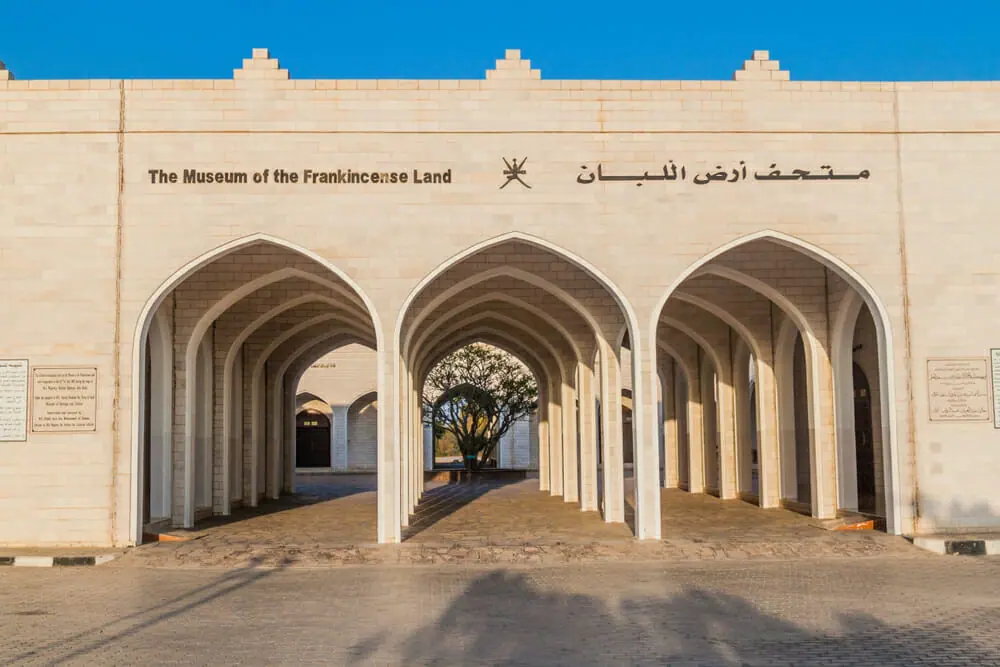
Along the incense road in Oman, before petroleum and gas, frankincense was the name of the game in the Gulf region. Bringing forth incredible success to stimulate the economy for many centuries, the trade of frankincense was considered one of the most important commercial activities in the medieval times. Its aromatic resin, fondly dubbed “the king of scents” is widely used in incense and perfume, and the ‘Land of Frankincense’ once produced the world’s best. Today, the ‘Land of Frankincense’ is still peppered with its trees and the remains of the caravan oasis and two ports. The smell of frankincense permeates the air and adds to the overall experience of the site.
Tip: Frankincense is also a highly recommended souvenir to take home from Oman.
Aflaj Irrigation System of Oman (2006)
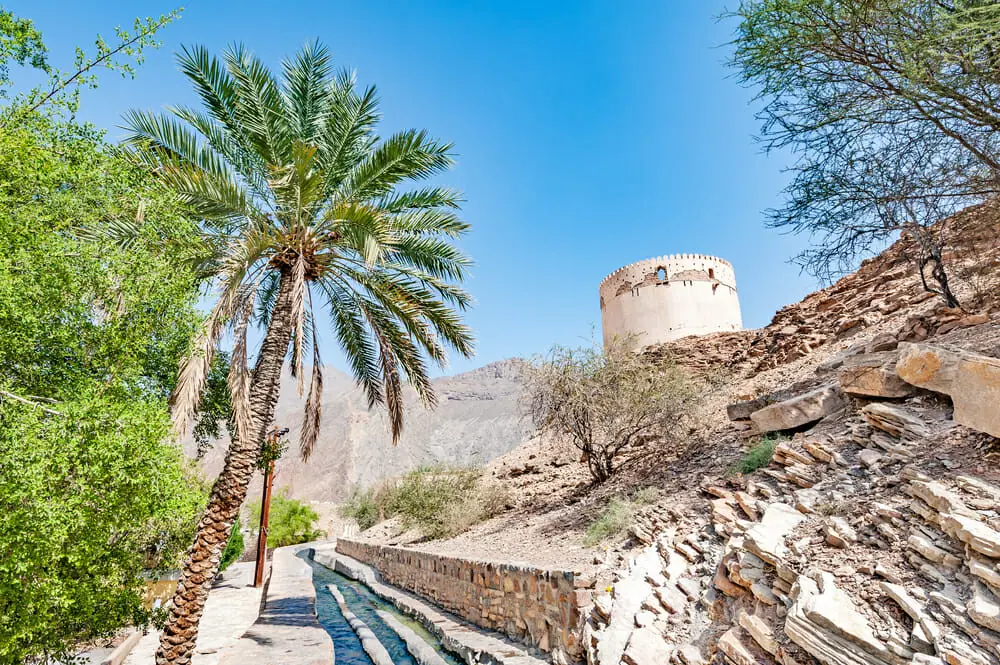
This consists of five aflaj irrigation systems (Falaj Al-Khatmeen, Falaj Al-Malki, Falaj Daris, Falaj Al-Jeela and Falaj Al-Muyassar) and represents 3,000 systems (out of 11,000 in the whole of Oman) that are still in use today. In almost every settlement runs long deep canals of water known as falaj, and is a sophisticated system in the country. Dug into the earth, this water system has a flow of 166 litres per second and runs about 2.45KM. It has been around since 500 AD and embodies Oman’s most important resources – agricultural land, settlement areas and traditional management practices.
Ancient City of Qalhat (2018)
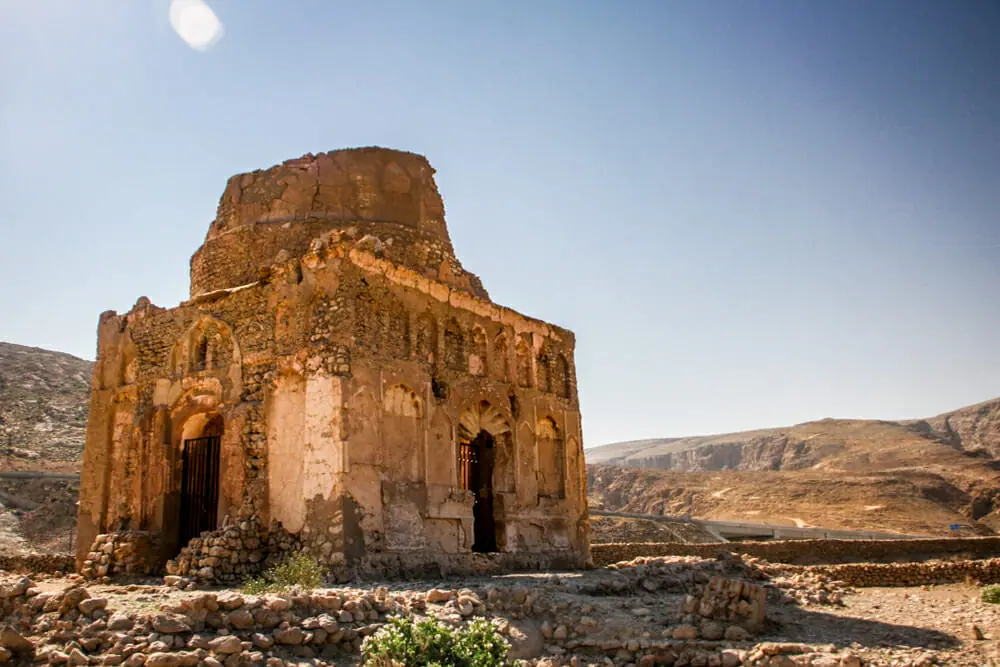
Located on the east coast of the Sultanate of Oman lies the ancient city of Qalhat. Surrounded by inner and outer walls, the city was first developed as a major port of Arabia between the 11th and 15th centuries. Its relevance and significance are not only from its long preservation, but also for its unique archaeological testimony that marks the cultural and commercial relationships between Arabia, East Africa, India, China and South-East Asia. Currently, it is also known as the Bibi Maryam mausoleum, as it is a desolate, singular tomb that is all that remains of the once-bustling city of Qalhat. The ancient architecture on the pebbled beach juxtaposed against the turquoise waters of the Gulf of Oman.
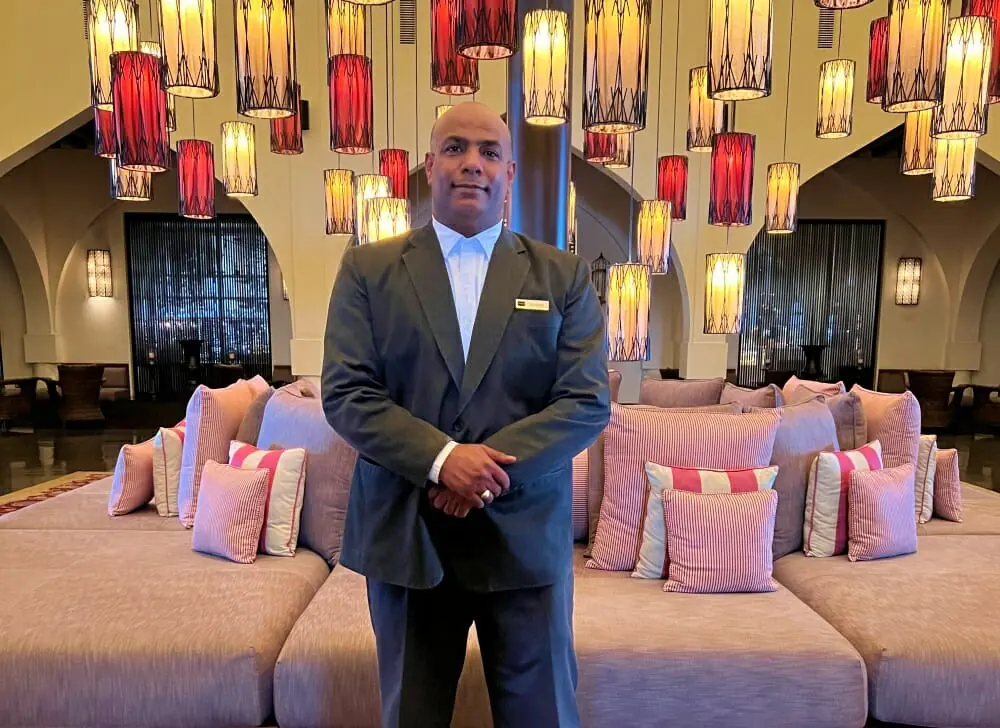
Experience Oman with us and reserve your next Muscat stay here. Speak with Sulaiman and his knowledgeable Concierge Team – a signature Chedi guest experience – who will advise you on the best things to see and do in and around Muscat.

